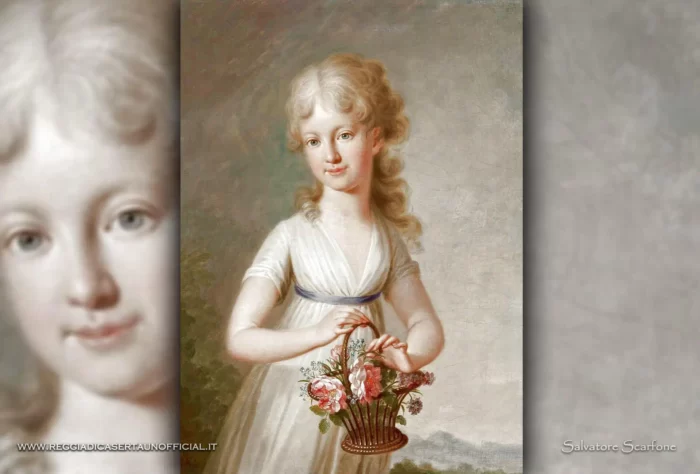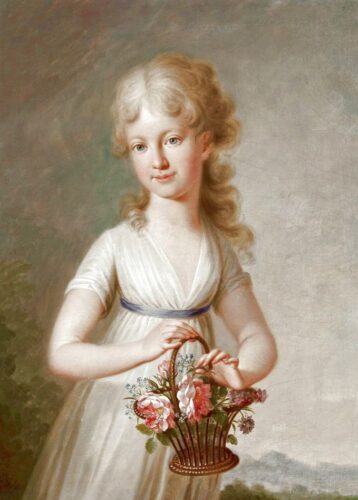Maria Clementina of Habsburg-Lorraine
Maria Clementina of Habsburg-Lorraine, she was much loved but died before becoming Queen
The origins of Maria Clementina of Habsburg-Lorraine
Maria Clementina of Habsburg-Lorraine (Caserta, 28 March 1841 – Cannes 26 May 1934)
In the name of covenants there were no kinship ties that held. Thus it was that another Habsburg arrived in the Kingdom. Maria Clementina of Habsburg-Lorraine, daughter of Pietro Leopoldo, Grand Duke of Tuscany and later Emperor of Austria, and Maria Luisa of Bourbon, also called Maria Ludovica, Infanta of Spain, was born in Villa di Poggio Imperiale on 24 April 1777 Archduchess of Austria, tenth among children and third among females, was betrothed to Francis I in 1791, when she was 14 years old. Maria Clementina and Francesco were cousins to the square, they had four grandparents in common.
The throne and married life
After six years of engagement, without ever having met, the wedding was celebrated. They were very difficult years. Napoleon had begun the ascent of him. Maria Clementina reached her new kingdom by sea, she sailed with the royal ship from Trieste. Although they did not know each other, a strong understanding was struck between the two spouses, a relationship made up of sharing and effusions that had made Francesco distance himself from his constant maternal guidance. They were so in love that they didn’t hesitate to exchange gestures of love even in public, they shared a lack of interest in court life, a passion for nature, long walks in the countryside.
The park of the Royal Palace of Caserta was a favorite destination for them. Their first daughter, Maria Carolina Ferdinanda Luisa, was born in Caserta, who became the Duchess of Berry and headed the revolt in the Vendée. Almost two years later Ferdinando Francesco was born. The heir to the throne.
education and favor of the people
Tall and slender, well educated and with a regal bearing, Maria Clementina had received a very careful education like her brothers and sisters. The guidelines of their training were dictated by Vienna, Maria Theresa had sent her trusted tutors to Florence. They were taught paternalistic contempt for privileges, attention for their subjects; the encyclopedic-pragmatic component of the Enlightenment was central to the general educational program that characterized their studies.
Cultured, simple in manners, kind and cordial with the people, Maria Clementina had over time gained everyone’s trust and the Neapolitan intelligentsia had admired her courageous intercession in favor of Luisa Sanfelice, involved in the events of the Neapolitan Republic.
Death following Childbirth
The second birth further undermined Maria Clementina’s health. Her child, frail and sick, died before he was one year old. Shortly thereafter Maria Clementina died. She was on November 15, 1801. She was buried in the Basilica of Santa Chiara, in Naples, together with her child. No one was interested in her anymore. She passed like a meteor and even today it is difficult to find traces of her.


